Summary
BRIDE is a results-based landscape biodiversity project in a low-land intensive farming region, where farmers agree to improve the quality of the habitats on their farms. The BRIDE project involves 44 farmers working together to improve landscape biodiversity in the Bride River Valley Region. It is an EIP-Agri project which has been funded for the period 2018 to 2023. The project has designed, and is implementing, a results-based approach to conserve, enhance and restore habitats in low-land intensive farming. A results-based payment scheme is applied whereby farmers are assessed and scored, with higher quality habitats gaining higher payments. The farmers are geographically clustered enabling a landscape approach, a critical element in effective landscape biodiversity and in the creation of a well-functioning bio-district. BRIDE is locally-led and farmer driven. It also incorporates knowledge transfer opportunities for farmers to learn how to manage habitats and improve farm-level biodiversity.
Objectives
1. Explore an innovative implementation of a results-based approach for wildlife on intensively managed farmland.2. Develop, implement and assess innovative options to restore, preserve and enhance farmland habitats.
3. Improve communication and dissemination about the contribution of Irish farmland to the conservation of biodiversity, especially in intensively managed dairy grasslands.
4. Facilitate the creation of a market-based demand by the agri-food industry for supply of ecosystem services from farmers.
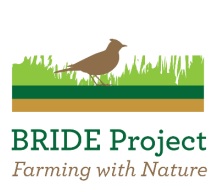
Data and Facts - Contract
Participation: There are 44 farmers participating in this project, of which almost one half are in dairy, one third in beef and the remainder in equine, tillage and sheep. The area of implementation is the Bride River Valley catchment area which incorporates north-east Cork and West Waterford in Ireland. The area covers 600 km2. Other stakeholders involved in the project are representatives from the business, environmental and state sectors, which perform an advisory role for the project.
Involved parties: Contracting Parties Participating Farmer - the farmer is required to monitor and record biodiversity improvements on their farm. BRIDE map, monitor and score the Biodiversity Managed Area (BMA) of participating farms and decide on payments in relation to performance on same. Involved Parties include the wider community which now resides in an area with an improved biodiversity profile and other farmers who now have a model to draw on for the management of biodiversity on farmland.
Management requirements for farmers: A Biodiversity Management Plan (BMP) is drawn up by the project ecologist for each farm in consultation with each farmer. The farmers must carry out 3 habitat related actions in areas such as hedgerow management, field margins, skylark plots, creation of a permanent pond, native woodlands, winter stubble, nest boxes and bat boxes, annual biodiversity plot, invasive species control, multi-species grassland, riparian buffer strip creation, tree lines and so on. A farmer will receive a once-off capital payment for work carried out, e.g., fencing a hedgerow or excavating a pond, but annual payments will be made on the biodiversity quality of the habitats on the farm. All of the habitats included in the BMA will be scored and a quality mark given accordingly. An independent ecologist is also available to give a second opinion if a farmer wishes to appeal the result.
Controls/monitoring: The monitoring of this project is carried out, firstly, by the farmers themselves (through recording of the data on their farms) and, secondly, by the Bride project ecologist on an annual basis. Each farmer will have agreed to up to 10 biodiversity measures. The ecologist monitors the quality and improvements in these measures, issuing a score. Payment is then based on this score.
Renewal / termination: The contract ceases on termination in 2023. However, the BRIDE team is actively exploring funding beyond 2023.
Conditions of participation: At the outset, the project had intended to cater for 27 farmers only. However, the project was over-subscribed and 44 farmers were included. There was consensus among the original smaller group of farmers to accept a larger number into the project, notwithstanding the fact that this would lower the payments to each farmer. There is a general consensus among the farmers that the measures and the development of biodiversity on the farm is of more importance than the monetary incentives to the individual farmers. The only consequence of non-compliance is non-payment.
Risk/uncertainties of participants: A possible risk is that other regions may claim a biodiversity contribution without having an official monitoring framework in place to ensure long-term biodiversity improvements. This dilutes the role of BRIDE in advancing real biodiversity improvements which require a framework of measurement, monitoring and constant enhancement rather than general statements or aspirations.
Funding/ Payments: The project is funded by an EIP Agri-Environment Scheme. This is jointly funded by the Irish Government and EU. Farmers receive a once-off capital payment which is deemed necessary for the introduction of biodiversity measures, capped at €2,000. Depending on the performance on the agreed biodiversity measures, the farmer receives up to €3,000 per annum. The project team have developed a brand called ‘Farming with Nature’ with the objective that farmers will, in time, receive a payment in the form of a price premium from the marketplace if their practises meet a required standard.
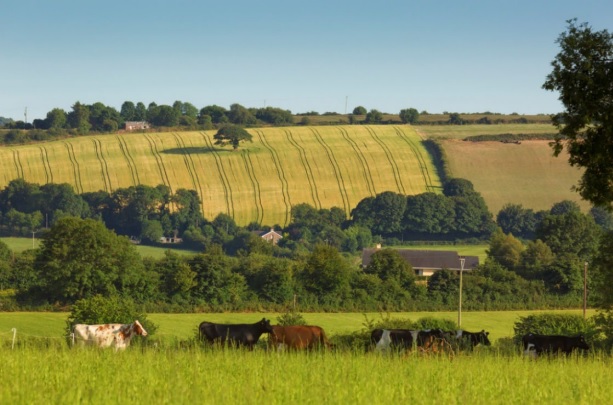
Problem description
The BRIDE Project directly addresses three key drivers of habitat reduction on intensively managed farmland by firstly, incentivising farmer action to maintain and enhance biodiversity; secondly, increasing awareness of biodiversity on such farms; and, thirdly, stimulating a market-based signal that values such biodiversity. The conditions that led to the project were a recognition that biodiversity, particularly on intensive farms, was reducing, coupled with a more general concern with the perceived ineffectiveness of the agri-environmental schemes which were designed on a national basis, input-based and usually regulatory (and sometimes punitive) in nature. A team of local farmers initiated the project, having recognised that a results-based scheme which gave autonomy and flexibility to the farmer would be more effective. They also recognised the need for agri-environmental schemes to engage with the more intensive farmers, and at a more local level, if there was to be a transition to sustainable agriculture in Ireland.
Context features
Landscape and climate: The region is primarily undulating low-land farmland, incorporating the Nagle Mountain range (rising to 230m) and the Bride River valley. The climate in the region is temperate oceanic climate with warm summers and cool winters. Parts of the region are prone to flooding in the winter. Farm structure: BRIDE is open to all farms based in the Bride River Valley catchment area which have reached a minimum 5 percent BMA. The project includes farms which operate in different sectors (dairying, beef, equine, tillage, sheep) and at different levels of intensity (ranging from intensive to extensive farming systems) and of different sizes. It is also open to both part time and full time farmers.The region is primarily undulating low-land farmland, incorporating the Nagle Mountain range (rising to 230m) and the Bride River valley. The climate in the region is temperate oceanic climate with warm summers and cool winters. Parts of the region are prone to flooding in the winter.
Farm structure: BRIDE is open to all farms based in the Bride River Valley catchment area which have reached a minimum 5 percent BMA. The project includes farms which operate in different sectors (dairying, beef, equine, tillage, sheep) and at different levels of intensity (ranging from intensive to extensive farming systems) and of different sizes. It is also open to both part time and full time farmers.
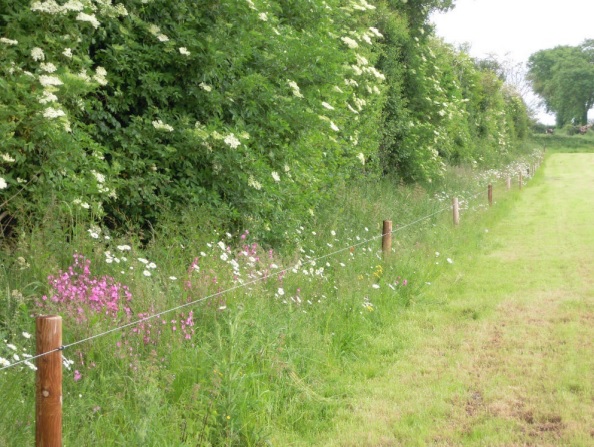
Success or Failure?
The project is deemed to be environmentally successful in that the project was oversubscribed with very significant engagement. The project has changed the mindset of participating farmers.
Reasons for success :
• The project is locally based on a simple model that is understandable and is achievable and has achieved strong engagement from the farmers.
• The project has strong farmer leadership that is local and has arisen out of the intensive dairy sector. This gives the project credibility to both intensive and less intensive farmers.
• The project has shown that the introduction of biodiversity measures makes sense and contributes to tangible environmental, economic and social benefits.
SWOT analysis
Main Strengths
1. Farmers of all different types have bought into, and see the benefits of, the biodiversity concept on the project which has resulted in a real shift in mindsets.2. This results-based model is simple, transparent and doable and has strong local leadership.
3. The specific local townsland nature of the project has united the local
community and generated goodwill and pride in the area. It is also widely recognised outside the region as an innovative approach.
Main Weaknesses
1. Short-term nature of the funding, realisation of future funding.2. The interest in the project from outside parties (farmers, public and media) has increased the workload on the BRIDE team.
Main Opportunities
1. Develop a sustainability accreditation system.2. Develop a market-based reward system, whereby consumers pay a
premium for produce from the area in the knowledge that the producers are enhancing biodiversity.
3. Development of a circular economy incorporating the current farming
activities that are taking place in the Bride River Valley and enabling different local suppliers across the supply chain to support one another, e.g., local grain farmer can supply feedstuffs to dairy and beef farmers.
Main Threats
1. Dilution of the BRIDE biodiversity brand through the adoption by other farmer groups linking into the work of BRIDE without development of measures, monitoring or enhancement.2. Current lack of accreditation means the project relies on the selfmotivation of farmers to participate.
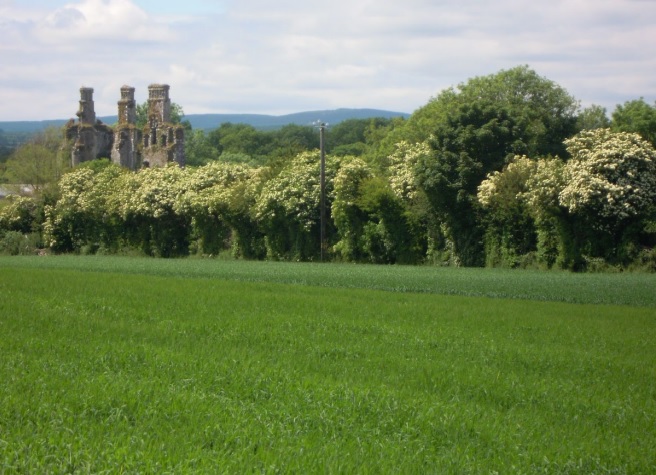
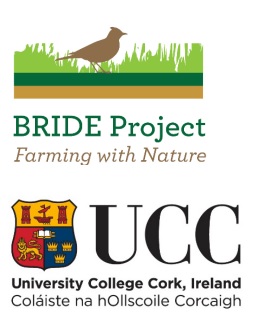
COLLECTIVE and RESULT BASED
Payments based on results. 44 locally based farmers; has encouraged the collaboration of farmers from different sectors and levels of intensity
PUBLIC GOODS
Landscape and scenery
Biodiversity / (Farmland) biodiversity
Climate regulation-carbon storage
Soil quality (and health) / Soil protection
Water quality
LOCATION
Éire/Ireland
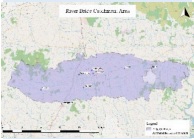
BRIDE is based on a specific region rather than whole country. The region is Bride River Valley catchment area which incorporates north-east Cork and West Waterford. The area covers 600km2. NUTS 2: IE05 NUTS 3: Parts of IE052 and IE053
CONTRACT
Contract conclusion:
Written agreement
Payment mechanism:
Incentive payments (containing)
Start of the program:
2018
End:
The team is actively exploring funding beyond 2023
Feel free to contact us for any further informations.
CONTACT USLegal notice: The compilation of the information provided in the factsheets has been done to our best knowledge. Neither the authors nor the contact persons of the presented cases may be held responsible for the use which may be made of the information contained therein.